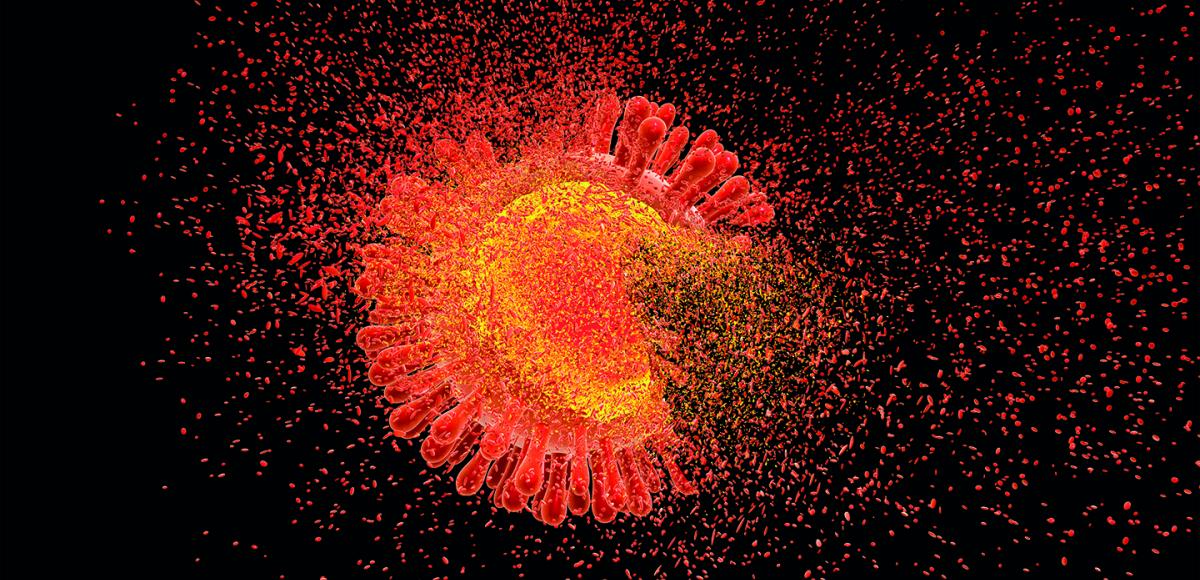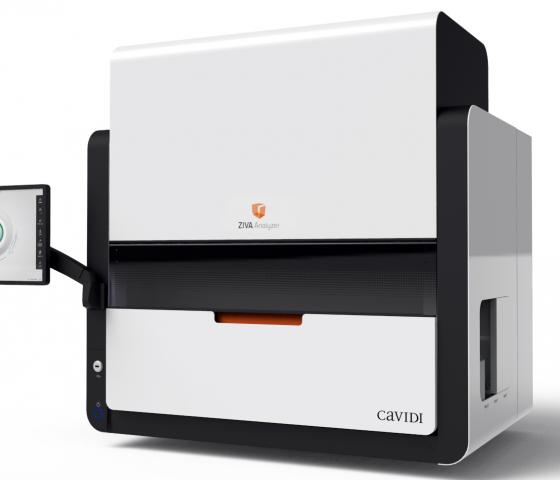
Design as a tool in the fight against HIV
The human immunodeficiency virus – HIV – is one of the most lethal viruses of our time. More than 39 million people around the world are estimated to have died of HIV, and nearly the same number live with the virus today. Although there is currently no cure for HIV, the virus can be inhibited with the right treatment so that the infected person can live a full life.
The UN’s global programme for tackling HIV/AIDS is called UNAIDS and has set the ambitious treatment target of 90-90-90: by 2020 90 percent of all people living with HIV will know their HIV status, 90 percent of them will have access to treatment, and in 90 percent of those receiving treatment the viral load in their blood will have been reduced to undetectable levels. Even though major progress has been made in the first two steps, growth of the virus remains a challenge. It is not unusual for patients to develop resistance to the medications used in the treatment and that they must test several different medications before finding one that is effective. To ensure that the virus is being suppressed it is therefore crucial to be able to continually measure the effect of the treatment.
Right technology for local conditions
Monitoring the viral load is often vital to enabling a person infected with HIV to live a long and relatively normal life. In locations where stateof- the-art healthcare is close at hand, the viral load is followed up several times a year. In low- and middle-income countries, where HIV is most widespread, there is usually a lack of access to such monitoring. Instead, more unreliable indicators of a patient’s state of health are used to get an idea of the medication’s effect, such as physical wellness and other immune system markers. The conclusions drawn are often wrong, and each incorrect diagnosis entails risks that can be decisive for the individual patient and hinder the larger task of preventing the spread of the virus.
“Half of those who receive HIV treatment do not have access to monitoring. The biggest reason why is that the technology is too far away from the patients – the technology currently available is too sensitive and sophisticated to be used in the small district hospitals that are located near the patients,” says Andrew Oldfield, Site Manager and Deputy Managing Director at Cavidi.
To improve access to monitoring, biotech company Cavidi has developed a new method for measuring the effectiveness of HIV treatment. The usual procedure is to measure the number of HIV RNA copies per millilitre of blood plasma. Here, the reverse transcriptase (RT) enzyme is analysed instead, which is always present when the HIV virus is active. The result is equivalent to conventional measurement methods, but the test is less sensitive to external influence such as dust or dirt, which makes it better suited for use in the areas where it is needed the most.

AFRY has been involved in further developing Cavidi’s method into an automated system called ZIVA, where new chemistry, software, and hardware have been designed to optimally streamline the new measurement method. ZIVA is unique in that local conditions have been considered at an early stage and have governed the design of the instrument. For instance, ZIVA’s energy consumption was minimised to address problems of overloaded power grids and to facilitate opera-tion using a battery back-up when the power supply is unreliable. Some-thing that sets ZIVA apart from many other systems is that it has been adapted to work effectively even without a fully sterile and stable hospital environment.
“Dust, high temperatures, and unstable power grids are aspects that have had a major influence on the design of the final product. To simulate the climate conditions of future custo-mers, we built a climate chamber so we could test the system under realistic conditions.
The uncertain access to trained lab staff is an additional dimension that has required the system to be easy and safe to use,” says Per Preinitz, Project Manager at AFRY.